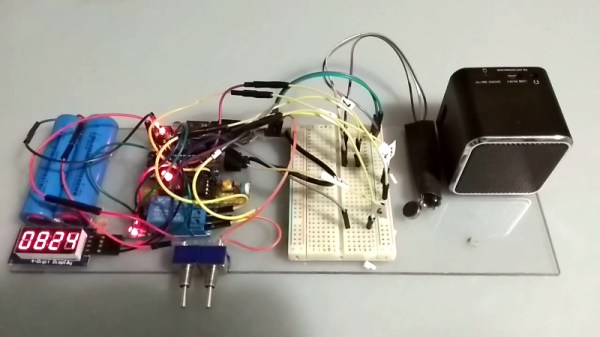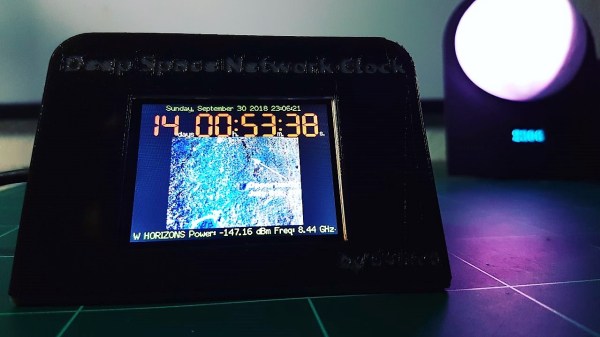Electronics enthusiasts have the opportunity to be on the very cusp of a trend with vintage digital watches (VDW). Vintage digital watches are those watches that from the late 70’s and throughout the 80’s. They’re unlike any watch style today, and for anyone around when they made their debut these deliver a healthy dose of nostalgia.
Monetarily speaking, it is not worth the money to pay a watch maker to restore a digital watch but for those of us with basic electronics skills we can put the time and effort into making them run again and be one of the few in possession of functioning VDW. It’s a statement as well as a sign of your own aptitude.
Earlier this year, Steven Dufresne walked us through the history of the digital watch. In this article we will dive into the world of vintage digital watch repair.
Continue reading “Collecting, Repairing, And Wearing Vintage Digital Watches”

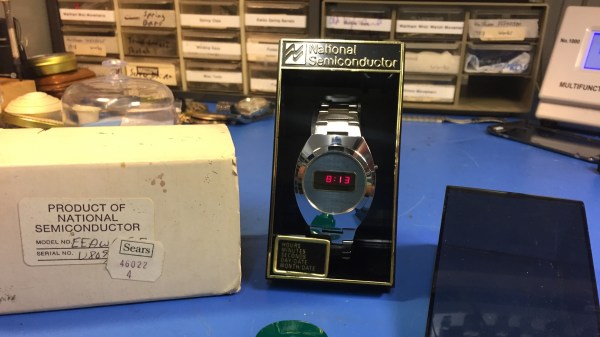
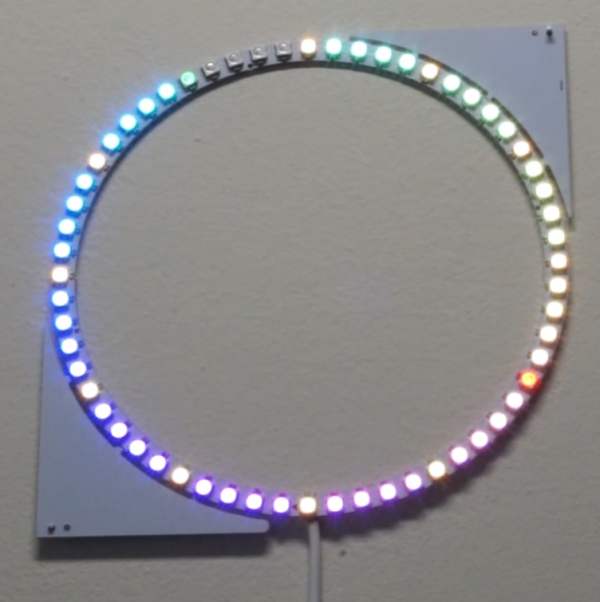
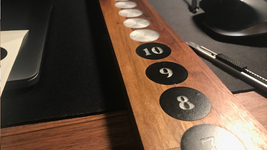
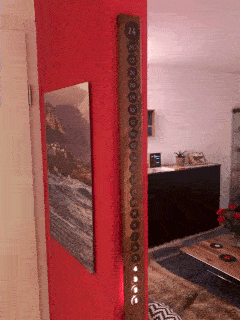 What’s a hacker to do when Halloween’s over and a new source of ideas is needed for more hacks? Make something for Christmas of course. That’s what [Dario Breitenstein] did when he made
What’s a hacker to do when Halloween’s over and a new source of ideas is needed for more hacks? Make something for Christmas of course. That’s what [Dario Breitenstein] did when he made 